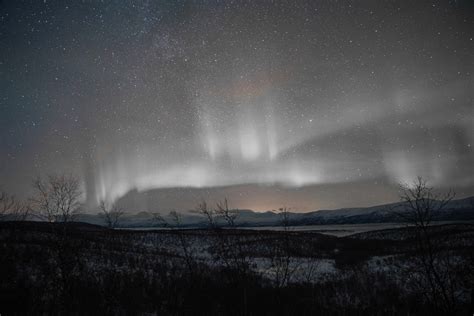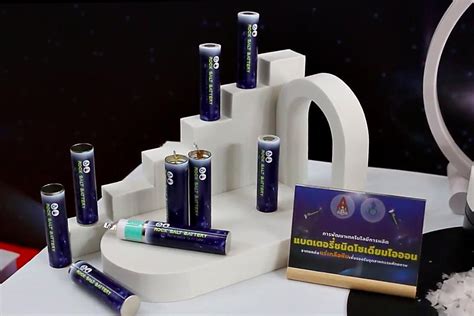Do you ever gaze up at the night sky and get lost in the mesmerizing dance of colors during an aurora borealis display? Imagine seeing not just the usual greens and reds but also a mysterious white patch intertwined with these celestial wonders. That’s exactly what Dr. Emma Spanswick and her team stumbled upon, sparking a scientific quest to decode this enigmatic phenomenon.
“You’d see this dynamic green aurora, some red in the background, and all of a sudden, you’d see this structured — almost like a patch — grey-toned or white toned-emission connected to the aurora.”
Dr. Spanswick vividly describes their discovery as something out of a cosmic fairy tale – an anomalous white emission nestled within the vibrant tapestry of the northern lights. This peculiar sight prompted them to delve deep into understanding its origin and significance.
“So, the first response of any scientist is, ‘Well, what is that?'”
Their findings have shed light on what was once an enigma in scientific circles. The white patch has long been glimpsed but never truly comprehended until now. Their groundbreaking research points to it being more than just a random occurrence; it is deemed as “most certainly a heat source,” hinting at complexities beyond our current grasp about auroras.
As technology advances, so does our ability to unravel nature’s mysteries. Thanks to improvements in camera technology, both amateur stargazers and seasoned scientists can capture detailed images that reveal hidden secrets of the night sky. Dr. Spanswick highlights how even everyday devices like cellphones have become powerful tools for observing celestial events such as auroras.
“Everyone has noticed the advancement in digital photography… those types of sensors can now be found in more commercial, more robust sensors that we would use in science.”
The journey towards understanding this celestial puzzle was also fueled by another fascinating discovery – STEVE (Strong Thermal Emission Velocity Enhancement), a radiant ribbon of purple light previously unknown to science. Drawing parallels between STEVE and their white patch revelation, Dr. Spanswick notes intriguing similarities while emphasizing subtle yet crucial differences between these ethereal phenomena.
“STEVE manifests itself as this mauve or grey-toned structure… whereas STEVE is separate from the aurora — a big band crossing the sky.”
But what makes this latest research truly remarkable is not just its scientific implications but also its role in nurturing young talents within academia. Three University of Calgary students were integral to this study, with undergraduate Josh Houghton playing a significant part from his internship days onwards.
“I had just started my internship… very quickly got involved… It’s just very cool.”
Josh’s journey from intern to co-author demonstrates how hands-on experience can shape budding scientists’ careers and inspire them to dive deeper into exploring our universe’s wonders. As he continues his academic pursuits through his master’s degree at UCalgary next year, one thing remains certain – his passion for unraveling cosmic enigmas will only grow stronger.
In essence, behind every scientific breakthrough lies not just sophisticated equipment but also dedicated minds eager to push boundaries and seek answers beyond conventional wisdom. The Transition Region Explorer project exemplifies collaborative efforts supported by various entities aiming to broaden our understanding of Earth’s magnetic environment.
Through each discovery, whether it be a shimmering streak across the sky or an elusive white patch amidst dancing lights, we are reminded of how vast and intricate our universe truly is – inviting us to peer deeper into its mysteries with curiosity and wonderment.











Leave feedback about this